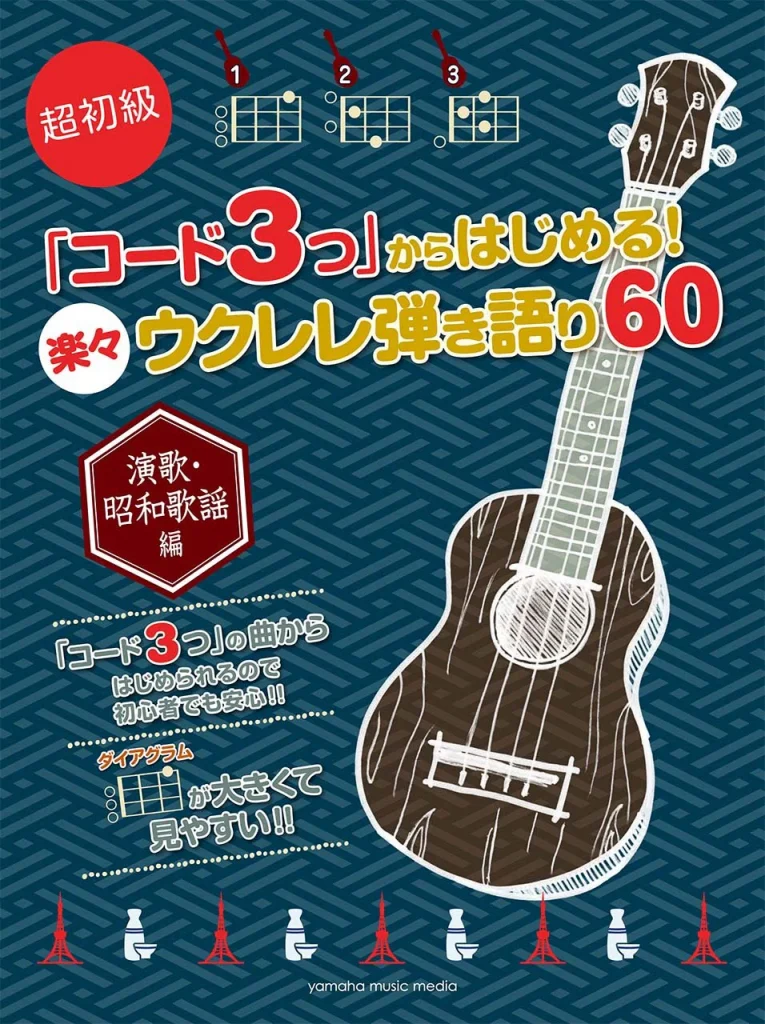
RILM cordially invites you to join us for the release of DEUMM Online on Wednesday, 30 October 2024, at 7:30 pm CET / 1:30 pm EST. Co-sponsored by the Associazione fra i Docenti Universitari Italiani di Musica (ADUIM) and IAML-Italia, the event will take place in the Teatro Palladium auditorium in Rome, Italy.

DEUMM Online digitizes, enhances, and extends the Dizionario enciclopedico universale della musica e dei musicisti (DEUMM), the most important modern music dictionary in the Italian language. Comprising a broad range of entries (persons, topics, dances, genres, geographical locations, institutions, instruments, and works), DEUMM Online uses advanced and intuitive search and translation functionalities. This venerable music encyclopedia, which has set the standards in modern Italian music lexicography, is, in its new online format, once again an indispensable node in a comprehensive, international, networked research experience.
For those unable to join the Rome event in person, the event will be live streamed on YouTube by Fondazione Roma Tre Teatro Palladium, accessible directly from the following QR code:

The program (below) will include Daniele Trucco’s DEUMM-inspired music, greetings from Luca Aversano (President, ADUIM), Marcoemilio Camera (President, IAML Italia), and Tina Frühauf (Executive Director, RILM), as well as presentations by Zdravko Blažeković (Executive Editor, RILM), Stefano Campagnolo (Director, Biblioteca Nazionale Centrale di Roma), Alex Braga (composer), and DEUMM Online’s general editors Antonio Baldassarre and Daniela Castaldo. Pianist Giuseppe Magagnino will also perform works by Ellington, Beethoven, The Beatles, and more.

And mark your calendars: DEUMM Online will be featured again at the following events:
- 19 November 2024: Turin, hosted by Istituto per i Beni Musicali di Piemonte at the Teatro Regio
- 21 November 2024: Milan, hosted by the Archivio Storico Ricordi in the Biblioteca Nazionale Braidense
Hear more about DEUMM Online and download the DEUMM Online brochure and logo.















